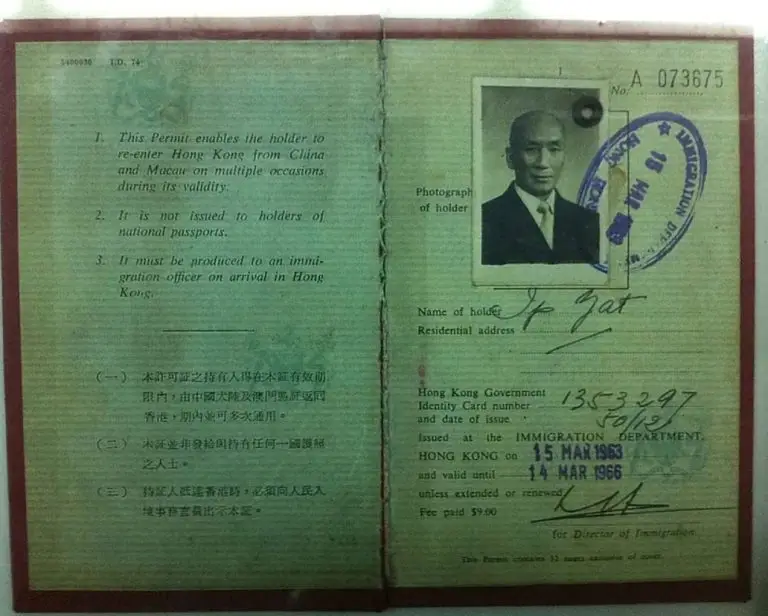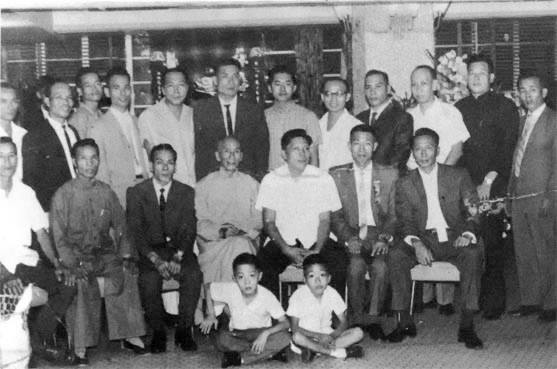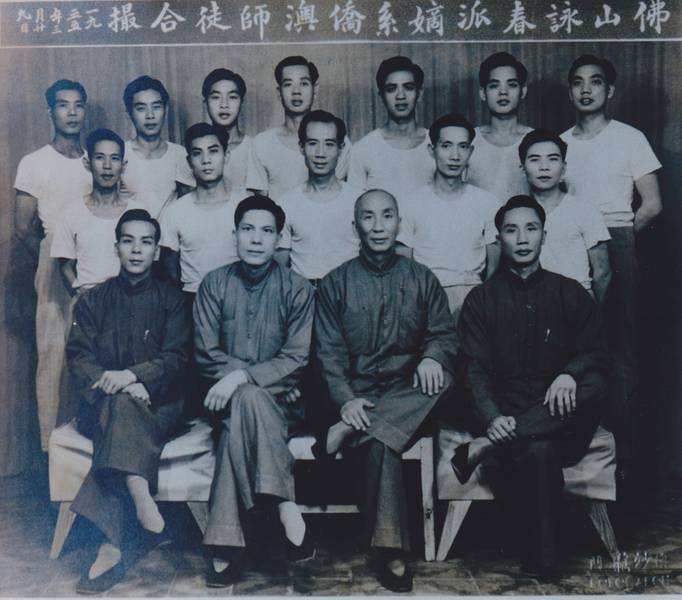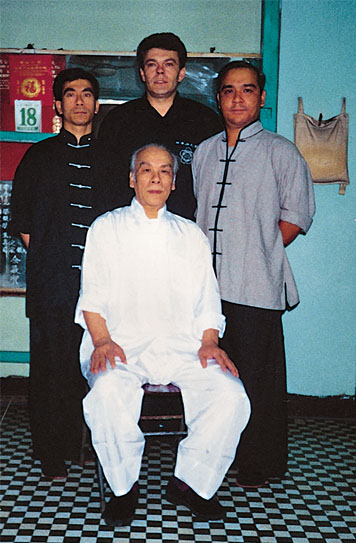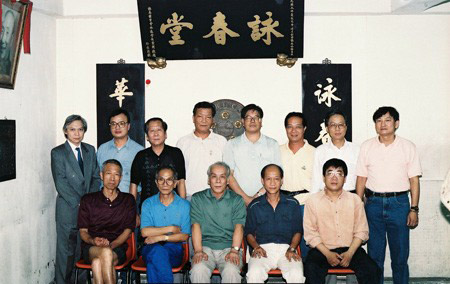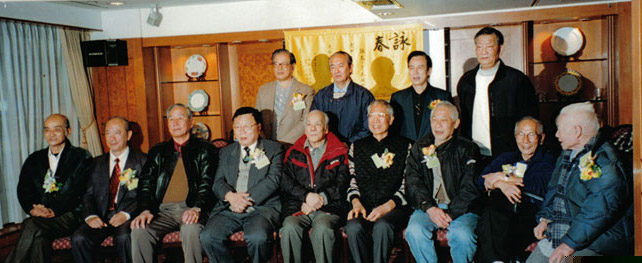Relaxation, balance, and flow
In practice, the emphasis quickly shifts to working in a state of relaxation. This is essential to become aware of one’s balance and to successfully develop sensitivity, speed, and power.
Since this Kung Fu is practiced at close range, the goal is neither to box nor to execute techniques from a fixed repertoire. Instead, the focus is on sensing the opponent’s imbalances and structural weaknesses to exploit them without compromising oneself, thereby maximizing the effectiveness of each action.
In the absence of weaknesses in the opponent, some techniques (pak sao, lap sao) may be used to create openings. However, these are not automatically the most direct way to proceed.
Les réactions dépendent des sensations que perçoit le pratiquant, il n’y a pas de techniques prédéterminées. Une fois le contact établi, le pratiquant s’adapte à la force reçue. Il peut ensuite contre-attaquer. C’est l’application de deux des principes fondamentaux du style : Loi Lau Hoi Sung, Lat Sau Jik Chung. Chacun, selon son niveau, s’adapte donc de la façon qui lui semble la meilleure sur le moment.
Solo training, while central, is not sufficient on its own. Wing Chun includes four main partner exercises, each of which can be explored through various themes. These exercises are :
Dan Chi Sao / Chi Dan Sao
Lap Sao
Chi Sao
Go sao (travail libre)
